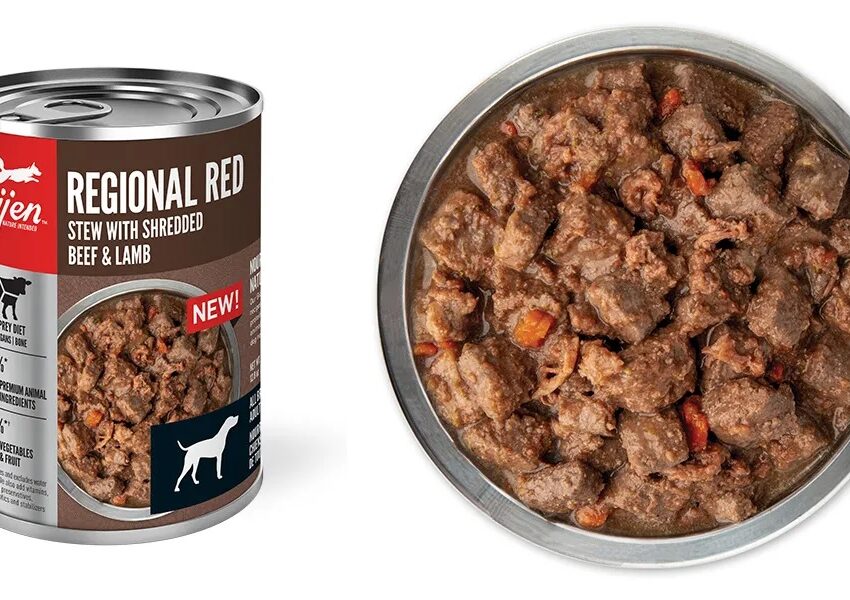Dogs are the most loyal and loving companions, but they often suffer from pododermatitis, a painful paw infection that can affect their mobility, mood, and overall health. Pododermatitis is a common condition that affects many dogs due to their active lifestyle and exposure to different environments. In this blog post, we will discuss what pododermatitis is, how it’s diagnosed in dogs, and essential paw care tips for preventing it. We will also cover when to see a vet for dog paw infection and some home remedies for treating pododermatitis in dogs. With these tips, you can ensure your furry friend has healthy paws and stays happy and active for years to come.
What Is Pododermatitis in Dogs?
pododermatitis dog paw refers to inflammation of their paws, resulting from allergies, parasites, or underlying diseases. Symptoms include redness, swelling, hair loss, and excessive licking. Common causes are atopic dermatitis, demodex mites, and food allergies. Proper diagnosis involves a physical exam and diagnostic tests. Treatment may include medications and addressing the underlying cause.
Diagnosing Pododermatitis in Dogs
To diagnose pododermatitis in dogs, a thorough physical examination of the paws is essential. This examination includes checking the nail folds and performing hair plucks. In some cases, additional diagnostic tests may be necessary to determine the underlying cause of pododermatitis. Skin scrapings, cytology, and biopsies can provide valuable information. Other diagnostic tests, such as x-rays or fungal cultures, may be performed to rule out other conditions. It is important for the veterinarian to consider the dog’s medical history and any previous treatments for skin issues. Consultation with a veterinarian is crucial for an accurate diagnosis and the development of a proper treatment plan for pododermatitis.
Essential Paw Care Tips for Preventing Pododermatitis in Dogs
To prevent pododermatitis in dogs, it is essential to follow these paw care tips. Regularly inspect your dog’s paws for any signs of irritation, redness, or lesions. This will help you catch any issues early on and seek appropriate treatment. Keeping your dog’s paws clean and dry is also crucial in preventing the growth of bacteria or yeast, which can contribute to pododermatitis. Additionally, avoid walking your dog on hot pavement or rough surfaces that can cause injuries to their paw pads. Trim your dog’s nails regularly to prevent discomfort and the trapping of foreign bodies. Lastly, providing your dog with a balanced diet and addressing any food allergies or sensitivities can help prevent pododermatitis. By following these essential paw care tips, you can significantly reduce the risk of pododermatitis in your furry friend.
When to See a Vet for Dog Paw Infection
Signs of a dog paw infection, such as swelling, discharge, or a foul odor, warrant a visit to the veterinarian. If your dog displays persistent lameness or reluctance to walk on the affected paw, it could indicate a more serious condition. In some cases, secondary infections or deep bacterial infections may require medical intervention and proper treatment. A veterinarian can provide appropriate medications, like antifungal or antibacterial ointments, to address the infection. Seeking timely veterinary care can help prevent complications and promote faster healing. Remember, early diagnosis and treatment are essential for the prognosis of canine pododermatitis. In severe cases, diagnostic procedures such as skin scrapings and biopsies may be needed to determine the underlying cause. Certain breeds, like Great Danes, Boxers, and English Bulldogs, may be more prone to pododermatitis due to conformation issues. Additionally, hormonal diseases such as hypothyroidism and Cushing’s disease can contribute to the development of pododermatitis in dogs. Regular inspection and proper care of your dog’s paws can help prevent these infections.
Home Remedies for Treating Pododermatitis in Dogs
While professional veterinary care should always be sought for pododermatitis, home remedies can provide temporary relief. Soaking your dog’s paws in an Epsom salt solution helps reduce inflammation and promote healing. Additionally, applying a pet-safe moisturizer or paw balm can soothe dry or cracked paw pads. Hypoallergenic or medicated shampoos can address underlying allergies or skin conditions. However, it is essential to consult with a veterinarian before trying any home remedies to ensure their safety and effectiveness for your dog. Remember, these remedies should not replace proper veterinary care for severe cases. By incorporating these remedies into your dog’s paw care routine, you can provide some comfort and support to their healing process.
If you’re a dog owner, you understand how stressful it is to see your furry friend in pain. One of the most common skin problems that dogs face is hot spots. These red, irritated areas can cause a lot of discomfort and even lead to infections if left untreated. Luckily, there is a solution – Hot Spot Spray for Dogs. In this blog post, we will discuss the benefits of using Hot Spot Spray on your dog’s irritated skin, how to apply it properly, and what factors you should consider when choosing the right one for your furry friend. Say goodbye to your dog’s suffering and hello to a happy, healthy pup with Hot Spot Spray for Dogs.
Benefits of Hot Spot Spray
Soothe and heal irritated skin with fast relief for itching and scratching. Reduce inflammation and swelling using natural ingredients like aloe and tea tree oil. Support the immune system to promote healing, addressing the underlying issue and providing itch relief spray for dogs.
How to Apply Hot Spot Spray
To apply hot spot spray, start by cleaning the affected area. Then, spray the solution directly onto the hot spot or irritated skin. Gently massage the spray into the skin using circular motions. Apply 2-3 times daily or as directed by a veterinarian, making sure to avoid contact with eyes and mucous membranes.
Choosing the Right Hot Spot Spray
When choosing the right hot spot spray for dogs, look for a formula specifically formulated for dogs with ingredients like hydrocortisone and lidocaine for itch relief. Avoid sprays with parabens or other harmful additives, and consider a spray with antiseptic properties to prevent infection. Consult with a veterinarian for personalized recommendations.
What is pododermatitis and how can it affect my dog’s health?
Pododermatitis is a condition that can cause pain and discomfort in a dog’s paws. It can be caused by allergies, infections, or trauma. Symptoms include swelling, redness, and discharge. Proper paw care and prompt treatment can prevent it from affecting your dog’s health.
What are some signs that my dog may be suffering from pododermatitis?
Signs of pododermatitis in dogs can include redness, swelling, or sores on the paw pads or skin between the toes. You may also notice your dog limping or favoring one paw. If you see these signs, it’s important to take your furry friend to the vet for proper diagnosis and treatment. Regular paw care, like trimming nails and cleaning paws after walks, can help prevent pododermatitis.
What are some preventative measures I can take to keep my dog’s paws healthy?
To keep your dog’s paws healthy, make sure to trim their nails regularly to prevent discomfort or injuries. Clean their paws frequently and watch out for signs of infection or injury. Protect their paws from hot pavement, salt, and irritants with paw balm or booties. Avoid walking them on rough surfaces or sharp objects to prevent cuts or abrasions.
How often should I trim my dog’s nails to prevent pododermatitis?
To prevent pododermatitis in dogs, it’s important to trim their nails regularly. The frequency of nail trimming will depend on the dog’s breed and lifestyle. Dogs with active lifestyles may naturally wear down their nails, but indoor dogs may require more frequent trimming. In general, aim to trim your dog’s nails every 4-6 weeks for optimal paw care.
In conclusion, taking care of your dog’s paws is essential to prevent pododermatitis. Regularly inspecting their paws, keeping them clean and dry, and trimming their nails can help maintain healthy paws. It’s important to use appropriate paw care products and avoid harsh chemicals that can irritate their sensitive skin. If you notice any signs of pododermatitis, such as redness, swelling, or discharge, it’s crucial to consult a vet for proper diagnosis and treatment. In some cases, home remedies like Epsom salt soaks or applying aloe vera can provide temporary relief. Remember, your furry friend’s paw health is a crucial part of their overall well-being, so prioritize their paw care routine.




